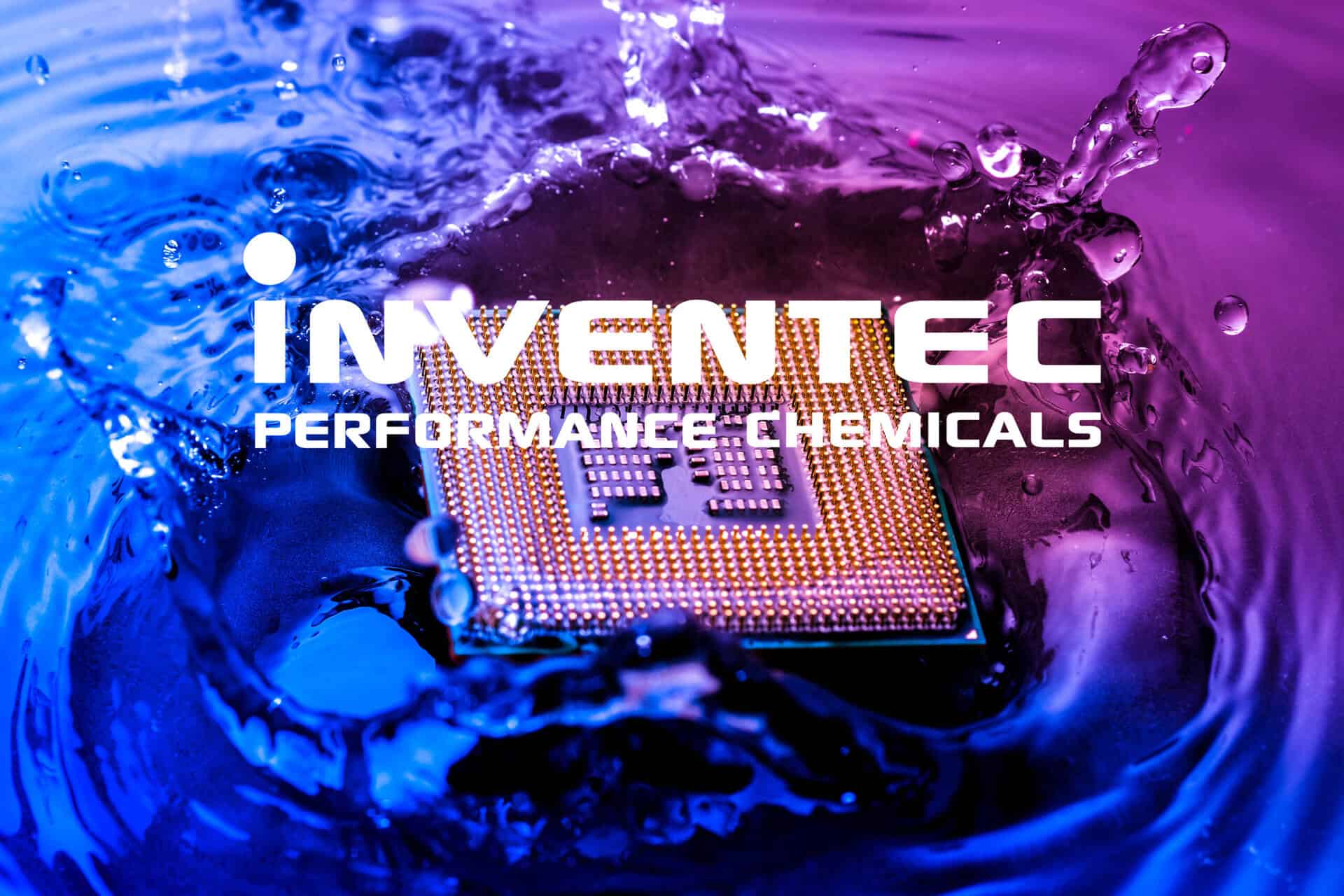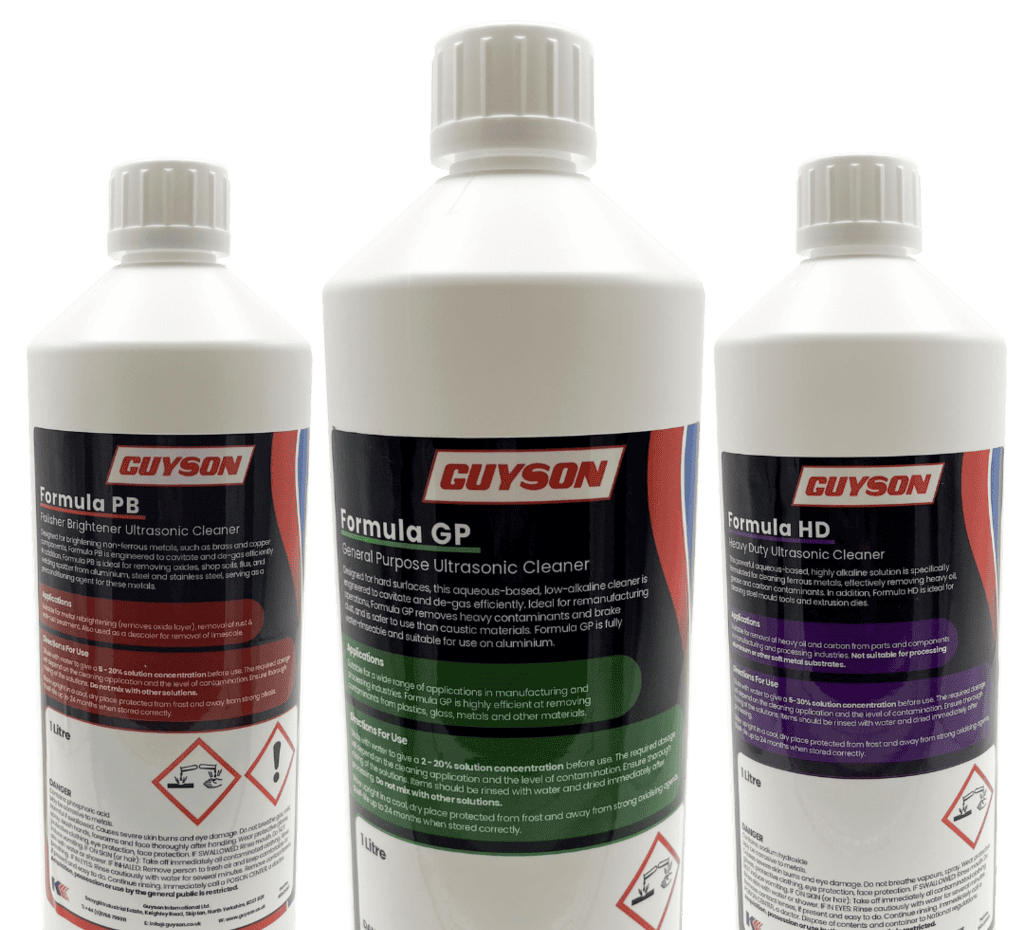- Manual Blast Machines
- Euroblast 2 - Manual Blast Machine
- Euroblast 4 - Manual Blast Machine
- Euroblast 6 - Manual Blast Machine
- Euroblast 7 - Manual Blast Machine
- Euroblast 8 - Manual Blast Machine
- Euroblast 9 - Manual Blast Machine
- Euroblast 10 - Manual Blast Machine
- Euroblast Plus - Manual Blast Machine
- Euroblast Specials - Manual Blast Machines
- Automated Blast Machines
- Automated Ultrasonic Cleaning Systems
- Ultrasonic Baths and Tanks
Precision, Quality, and Reliability Built Over Generations
Over 85 years of experience in the design and manufacturing of bespoke finishing equipment.

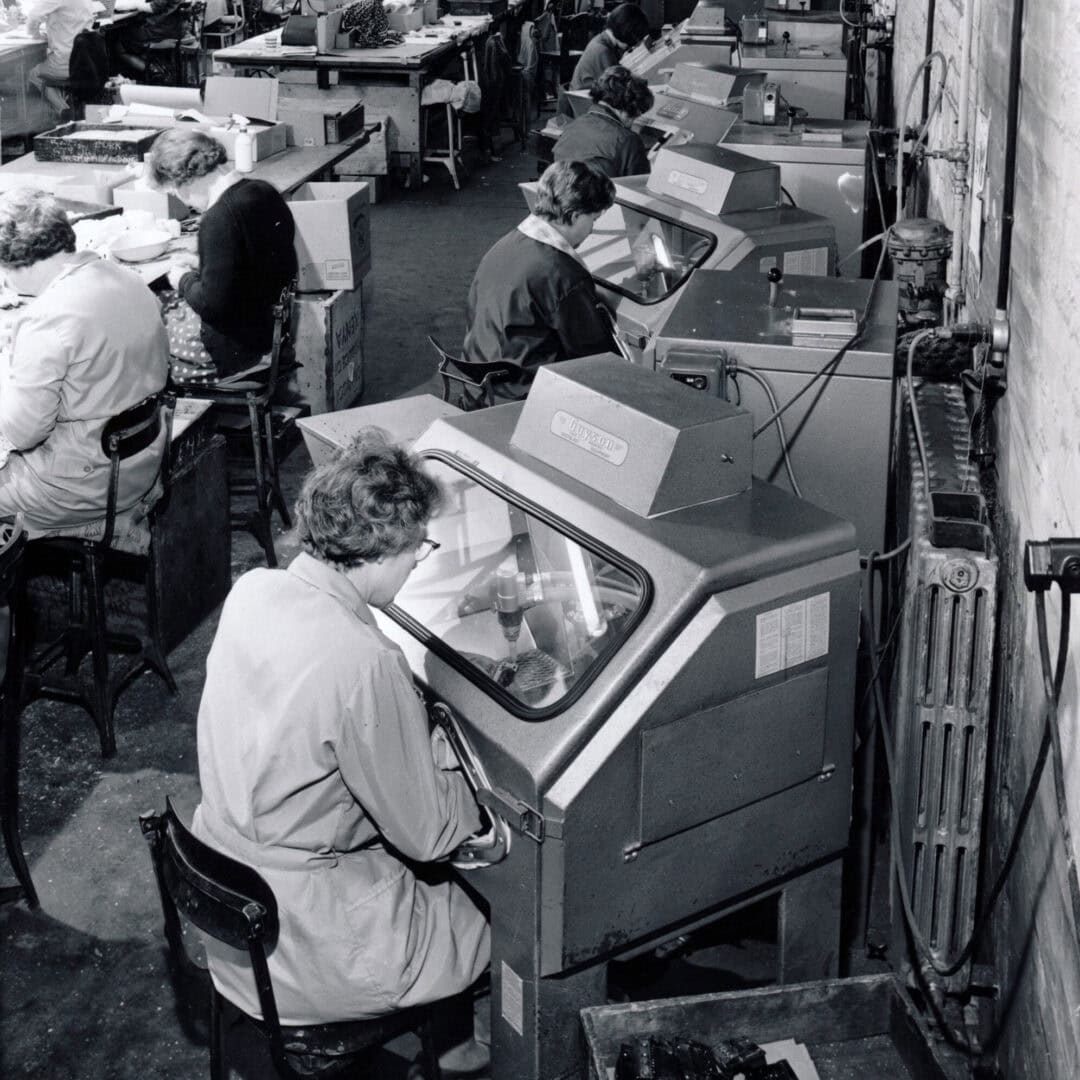
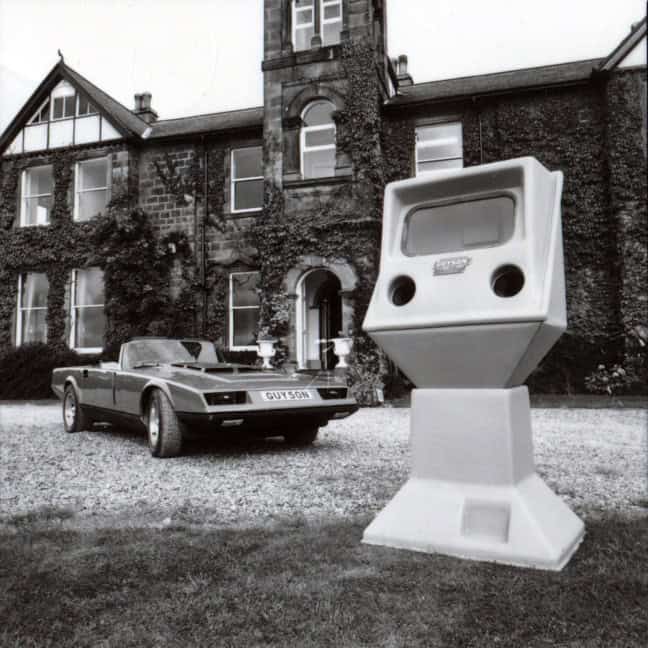
About Guyson
Guyson International Limited is a privately owned family company with a worldwide reputation and history as innovators of blast finishing and ultrasonic cleaning equipment to the highest of standards. As well as the being the UK supplier for all your hose and coupling requirements.
Our Vision
Guyson strives to deliver world class innovative products and services through continuous improvement, reinvestment, professionalism and the dedication of our employees.
Core Values
Guyson’s core values underpin how we strive to act and represent ourselves, within the business and our community.
Sustainability
Our sustainable growth plan is designed to create longevity and stability for our stakeholders and a profitable association with our customers and suppliers.
Customer Focused
We are a customer focussed, responsible business that meets the highest standards of ethical and professional behaviour.
Environment
We are committed to minimise the environmental impact of our day-to-day operations and continually improve our energy efficiencies and waste management.
Community
We are a positive contributor in our community, regarded as a great place to work, where the safety and welfare of our people is paramount.
Operations
Guyson’s Blast and Wash Divisions headquarters, based in Skipton, Yorkshire, spans an impressive 10,000 square metres. On-site, we design and manufacture our extensive range of blast finishing and ‘Kerry’ branded ultrasonic cleaning equipment.
Customers are welcome to visit our state-of-the-art Test & Evaluation centre the largest of its kind in Europe, which features a comprehensive selection of Guyson blast finishing and ultrasonic cleaning machinery.
Our team invites prospective customers to submit components for free, no-obligation testing and evaluation. We are always happy to provide expert advice by phone or email, offering full technical support both pre- and post-sale.
As further assistance Guyson has a dedicated team of regionally based sales personnel throughout the UK and France, ensuring efficient local sales support. Additionally, we have several overseas branches and maintain a global network of distributors. To find your nearest sales contact, please call +44 (0)1756 799911.
Guyson International’s Hose & Couplings Division, located in Guiseley near Leeds, supplies the full range of Kaptch hose assemblies and Hansen and Gromellle couplings.
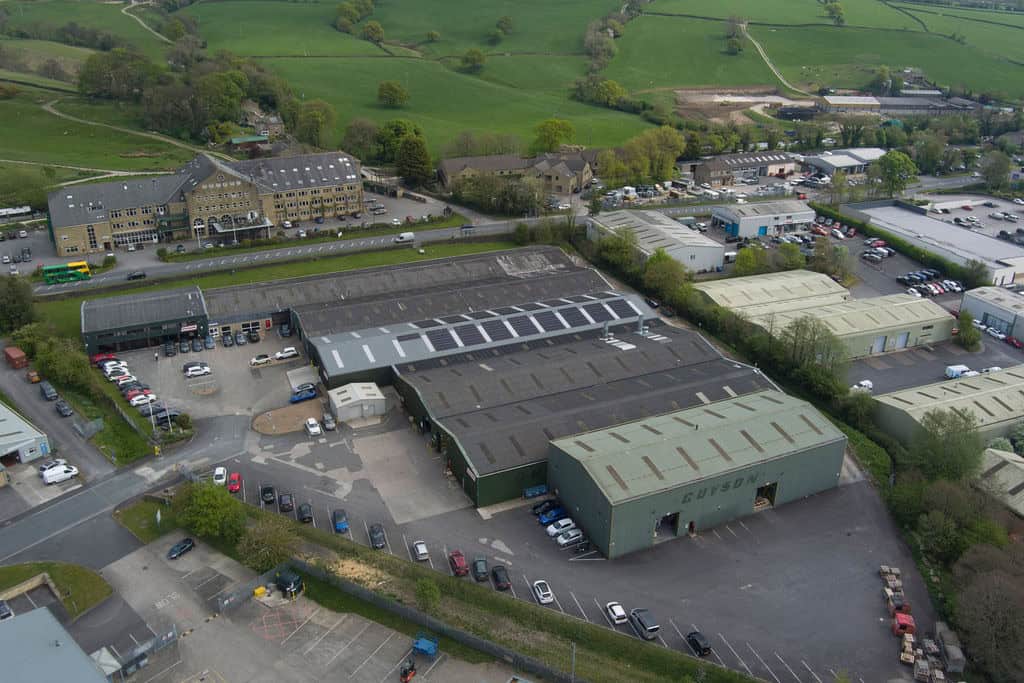

Blast & Wash Division HQ
Hose & Couplings Division HQ
Our History
1938

Guyson Industrial Equipment Limited was founded by Robert Thomson, with investment from his uncle Guyatt, to manufacture and sell blast equipment, consumables and other garage equipment.
1940’s

An agreement was made with Hansen Manufacturing Company, USA, to market and distribute Hansen quick-release hose couplings in the UK and Ireland.
1950’s
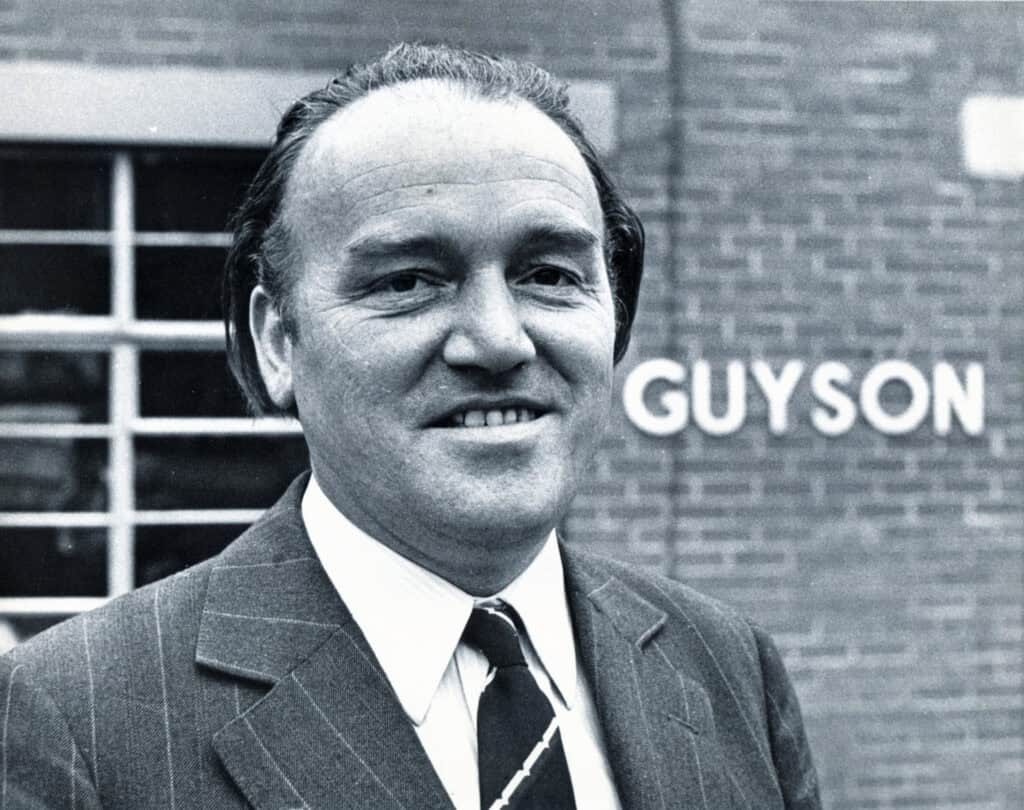
James F. Thomson joined the company in 1953, focusing on exporting surface finishing equipment and establishing European and U.S. distribution networks. In 1950 Guyson moved to Otley from Leeds and continued selling a diverse range of products.
1960’s

The Hansen Coupling Division was formed in 1964 as a separate division, focused on selling Hansen quick-release couplings. Guyson began to concentrate efforts on their blast product lines, increasingly selling blast cabinets globally.
1970’s

Guyson Corporation of America was established as a 100% subsidiary to manufacture and supply blast cleaning equipment across the Americas.
1980’s

Guyson continued to expand, establishing a new main site in Skipton. U.S. operations were also further extended.
1990’s
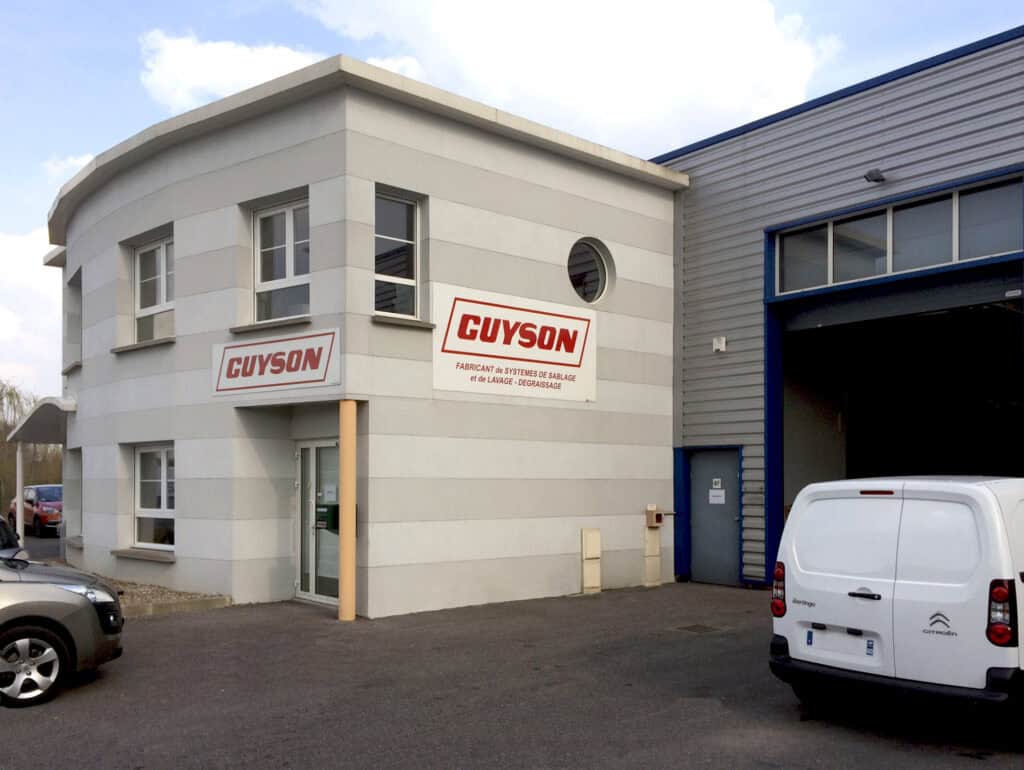
In 1991, James Thomson succeeded his father as Managing Director. The Hose & Coupling Division expanded by adding Gromelle couplings and Kaptech hoses to its range and moved to a dedicated site.
In 1998, Guyson acquired its French distributor, forming Guyson SA, a 100% subsidiary selling and distributing Guyson products in French and Francophone markets.
2000’s

In 2004, Guyson acquired Kerry Ultrasonics Limited, further expanding its surface treatment processes. Guyson Sdn Bhd was established in Malaysia, along with a representative office in China, to support customers in the Far East.
2010’s
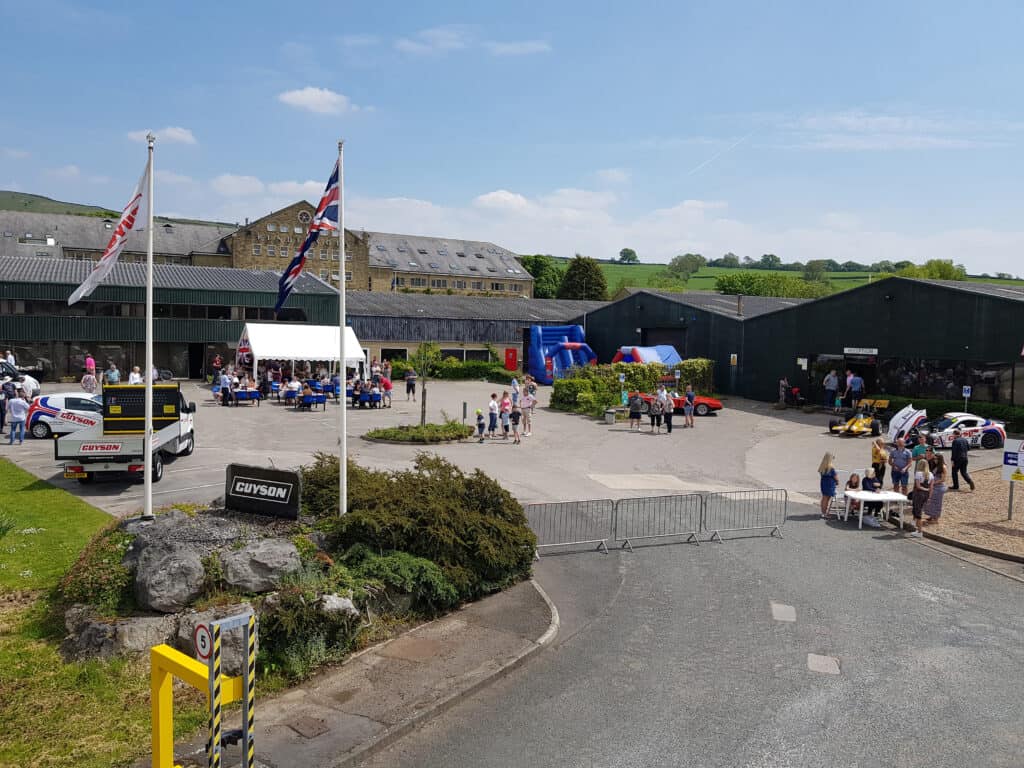
Guyson Hose & Couplings added Eaton Hydraulics products to its growing range. In 2018, Guyson celebrated its 80th anniversary.
2020’s
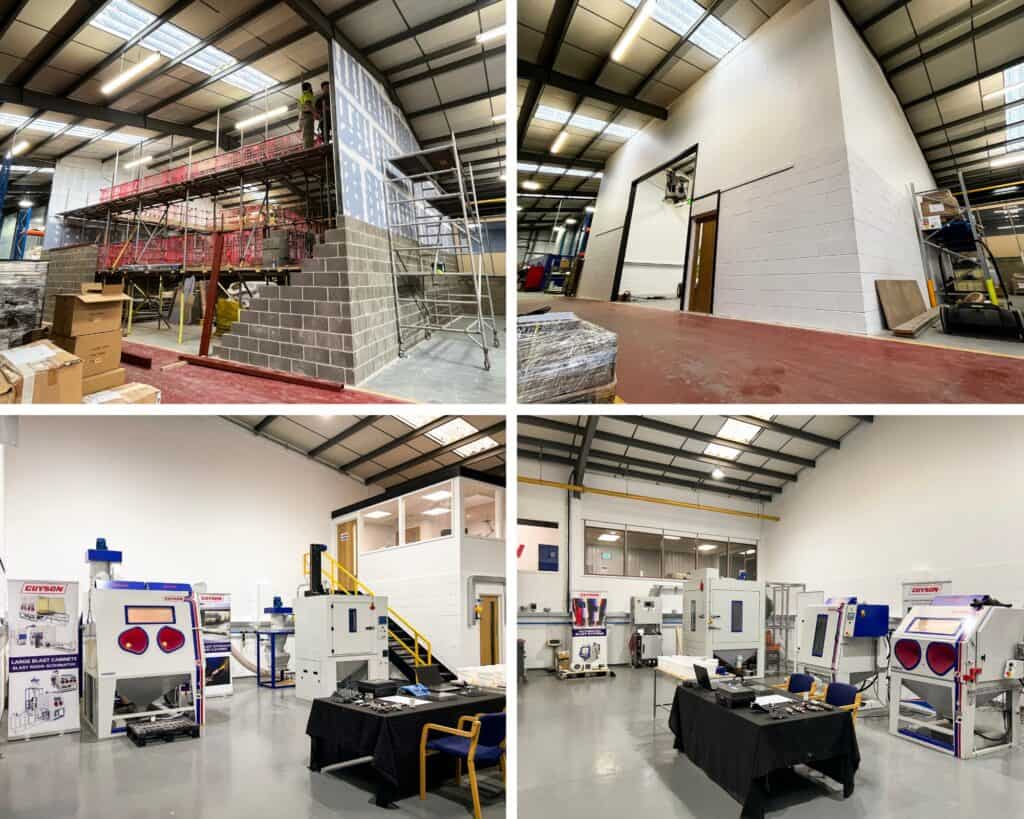
During the COVID-19 pandemic, Guyson played a key role in the Ventilator Challenge, manufacturing a number of Microsolve 250M systems in record time to support UK companies in the urgent production of medical ventilators.
Guyson’s head office in Skipton underwent significant redevelopment with the opening of a bespoke new manufacturing bay designed to maximise productivity and energy efficiency. The company also opened its new Blast & Ultrasonic Test Facility, the largest of its kind in Europe.
Team Guyson
Guyson has a long-standing connection to motorsport, with the business being a well-recognised name thanks to the family’s deep-routed passion for the sport, passed down through generations. This legacy is reflected in Guyson’s sponsorship of the British Hillclimb Championship throughout the 170s and 1980s, as well as its continued support of the Scottish Sprint and Hillclimb Championship today.
Guyson has also enjoyed success on the track, with current Group Managing Director, James Thomson, winning the British Hillclimb Championship in 1981 and the Sports 2000 championship in 1984. More recently, Jimmy Thomson, James’s eldest son, has competed in the Ginetta G40 Cup series, proudly sporting the number 38, in tribute to the year Guyson was founded.

Sponsorships

Jack Moran, representing England in Karate
Guyson International are proud to sponsor Guyson’s very own Demonstration Room Assistant and Mechanical Fitter Apprentice, Jack Moran, who represents England in Karate at the European and World Championship levels.
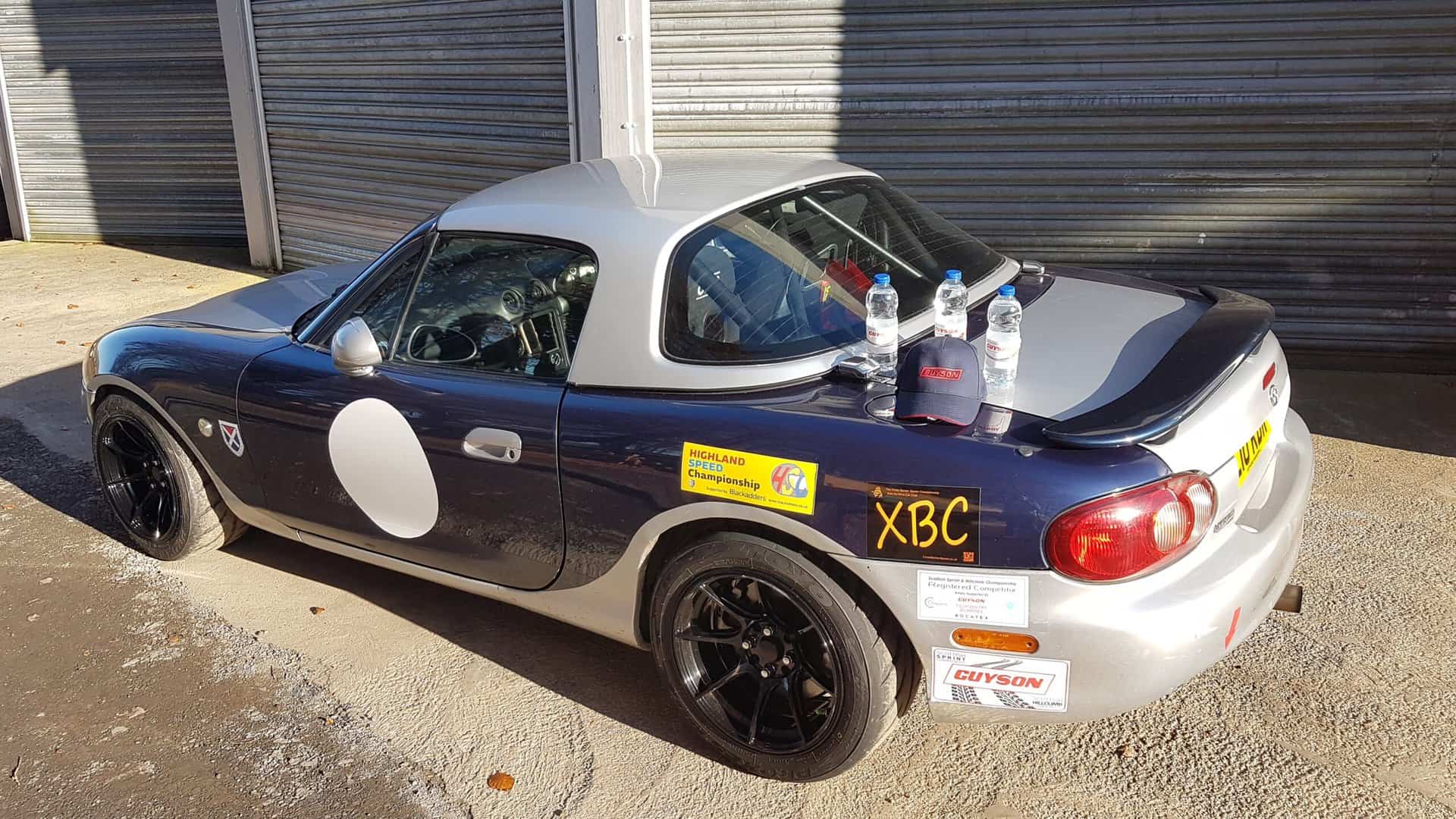
The Scottish Sprint & Hillclimb Championship
Guyson is a well-known name in motorsport, having sponsored the British Hillclimb championship throughout the seventies and eighties, and the Scottish Sprint and Hillclimb championship for over 40 years.

Bradley Cricket Club
Guyson International sponsor Bradley Cricket Club, a local cricket team competing in the Craven and District Cricket League, Division One. The club includes players of relatives to both current and former Guyson employees.

Skipton Rugby Club
Guyson sponsor Skipton Rugby Club, a local rugby team competing within the Counties 3 Yorkshire league. The club was formed in 1874, and has since grown to have one of the biggest groups of mini and junior players in Yorkshire.
Dedicated to Health, Safety, and the Environment
Guyson International's Blast & Wash Division in Skipton is certified to ISO 9001:2015 for quality management and ISO 45001:2018 for occupational health and safety, reflecting our commitment to excellence, safety, and customer satisfaction.
Mark Viner, Managing Director, highlights these certifications as a testament to strong leadership, staff engagement, and a focus on consistent, customer-driven services. Previously certified to OHSAS 18001:2007, we continue to advance standards with these updated accreditations.
We are also actively pursuing ISO 14001:2015 to enhance environmental practices, using this standard to guide best practices across Guyson. Our Hose & Couplings Division in Guiseley is also ISO 9001:2015 certified, ensuring consistent quality across all operations.
Effective quality management
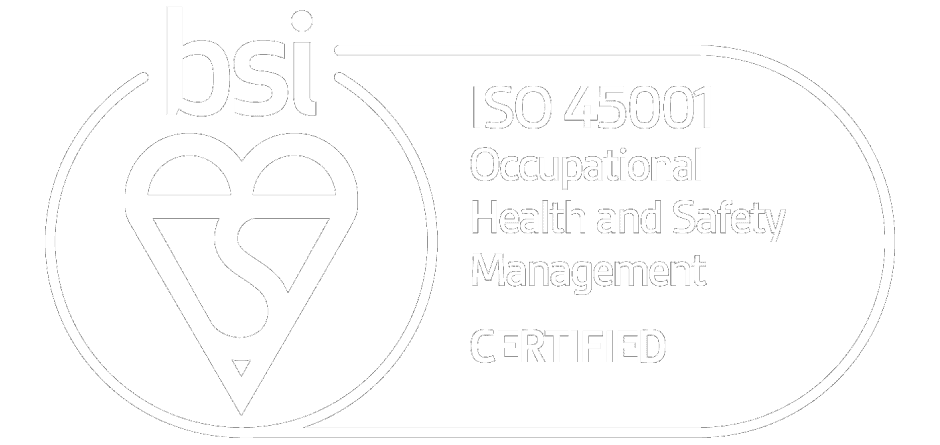
100% commited to Health & Safety



